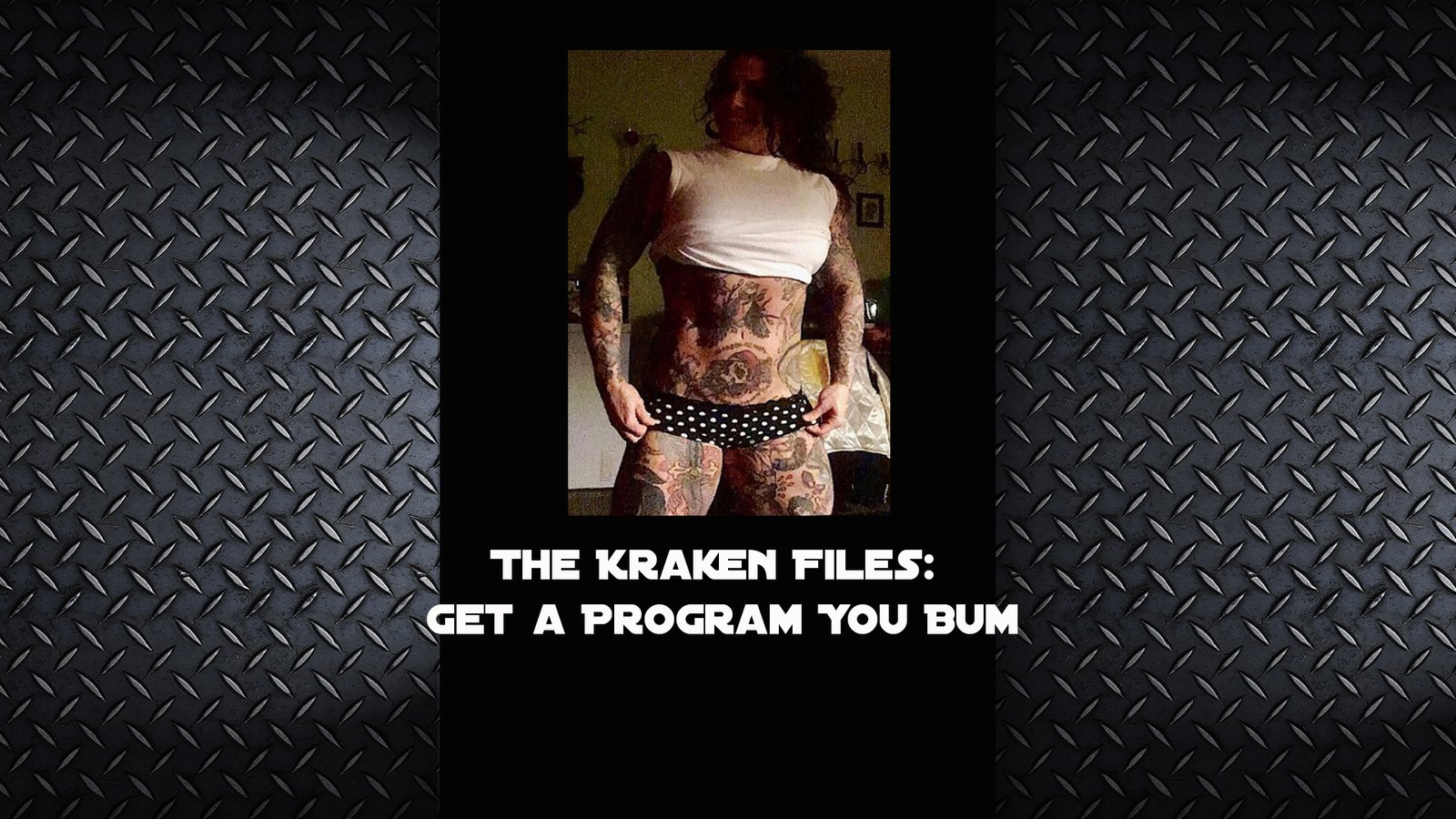When it comes to training, I strongly believe that there are many similarities between male and female strength training. However, when a woman contacts me for help, I often see the same mistakes taking place. By addressing these issues right away, huge PR’s are around the corner.
Top 4 Female Strength Training Mistakes
Grip width on bench press
Most women seem to grab the bar at shoulder width for benching. Which could be fine, but then their elbows flare out to the side. At this point, the wrists are not in line with the elbow, which severely limits their strength. The stress is placed on the shoulder, the wrists are at a funky angle and they are unable to use their lats to their advantage. It’s a sure recipe for a stalled bench press.
A good rule of thumb is to start with a grip in which the hands are placed a thumbs length away from the smooth/knurling line. From there, you can adjust the grip either in or out depending on your strength. When doing a close grip bench, don’t put the hands 6 inches apart. Close grip just means closer than your normal grip. A good start here would be the index finger on the `mooth area of the bar.
Order of exercises
I usually take this one for granted that most people know how to order exercises, but it still gets messed up quite a bit. Women like to order them by what muscle group they want to work on the most (read: what muscles they want “toned”). One of the first things I get them doing is their hardest, biggest exercises first.
Even if fat loss is the goal, a woman is going to get the most results from getting stronger and increasing muscle. Therefore, do your biggest, most technical work first.
Confusing Heavy with Hard
When I first start to take a female client up in weight, they will say that the weight is getting “heavy.” In reality, it may “feel” heavy to them, but it’s not actually difficult to lift. It’s important to get them to understand that “hard” doesn’t happen until you begin having difficulty moving the weight. As the time under tension increases, the athlete gets stronger. At this point, they will start to realize that they are capable of doing much more than they thought.
Tightening the Lats
This is a difficult concept to grasp with anyone, but I find very common in women. Tightening the lats is important in nearly every exercise – bench press, squats, deadlifts, rows, RDL’s and anything overhead. There are several exercises and coaching cues that are great at teaching this, so find one that resonates with your female athletes whether it be visual, tactile or verbal cues. Once this concept is mastered, the lifts will be smoother and stronger.
Julia Ladewski







Leave A Comment